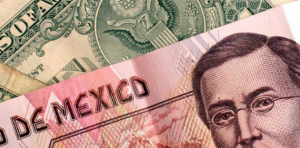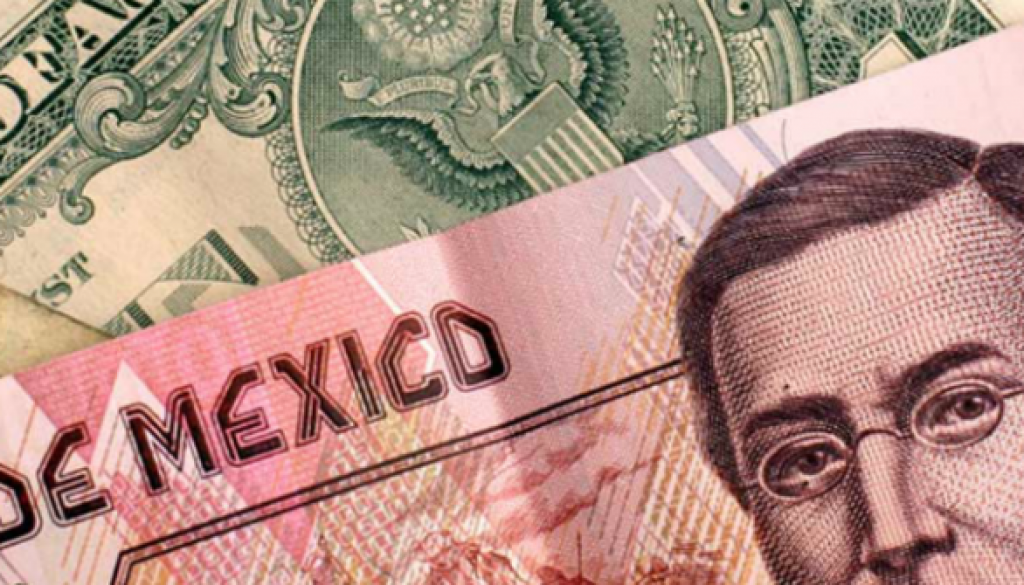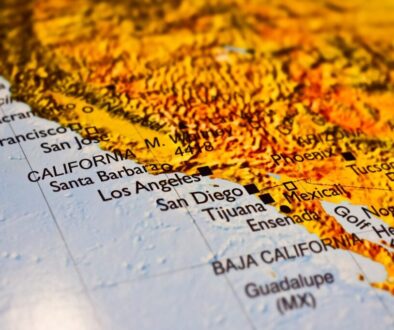Maquiladoras More Attractive as Mexico’s Peso Slides

Mexico is one of the most popular locations for export manufacturing, due to a number of strategic advantages, such as low labor costs, proximity to the US consumer market, and skilled labor. But another advantage is taking shape in the form of a sliding Mexican peso, an additional incentive for US manufacturers looking to cut costs. The resulting peso devaluation effect is making Mexico’s maquiladoras even more profitable and promising for future investment.
The Sliding Peso
The peso is sliding at an historic rate. Some analysts believe this slide will continue for at least another year or two, as profitability for US companies manufacturing there rises due to the resulting peso devaluation effect. Mexico derives approximately 80% of manufacturing inputs from US companies, ensuring a relatively stable supply chain. But the cost of labor in Mexico is getting lower and lower as the peso continues to decline. Economists and financial experts have concluded the primary drivers behind the sliding peso include:
- Expectations of rising interest rates by the US Federal Reserve
- The issuance of more debt by Mexico’s central bank due to the falling price of oil
- Uncertainty regarding the financial situations in Europe and Greece
- The uncertainty regarding the peso leading Mexicans to exchange them for dollars, thus compounding the devaluation
The Peso Devaluation Effect
Human capital is a fundamental component of business. Therefore, manufacturers on the global market must look for opportunities to cut costs wherever they can in order to remain competitive. US companies are finding Mexico’s low labor cost and numerous other incentives ideal for investing in the Latin American country. Because of the country’s unique maquiladora system for foreign manufacturing, Mexico affords the opportunity for seamless partnership between foreign investors and Mexican manufacturing plants.
However, as the peso slides against the US dollar, the resulting peso devaluation effect increases the profitability of spending US dollars in Mexico. The maquiladoras have lately become an even more popular option for US producers because of this shift. Right now, the ratio sits as 19 pesos to the dollar, making for an historically low rate of exchange. Subsequently, the cost of buying manufacturing labor is dramatically lower, driving profit higher. This peso devaluation effect is similar to previous devaluations, such as the 1994 currency crisis. During that period, US manufacturers invested in Mexico at unprecedented levels. And the trend seems to be repeating.





